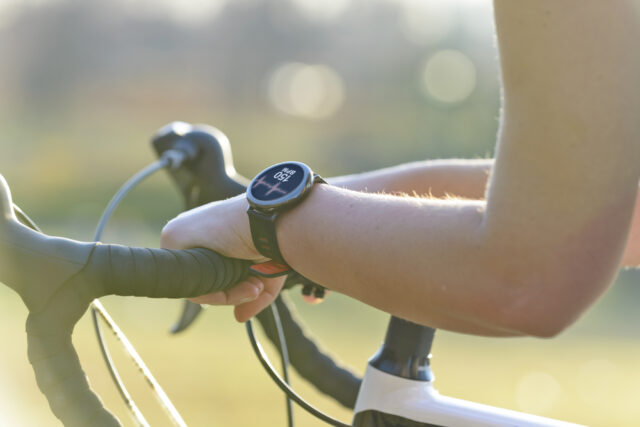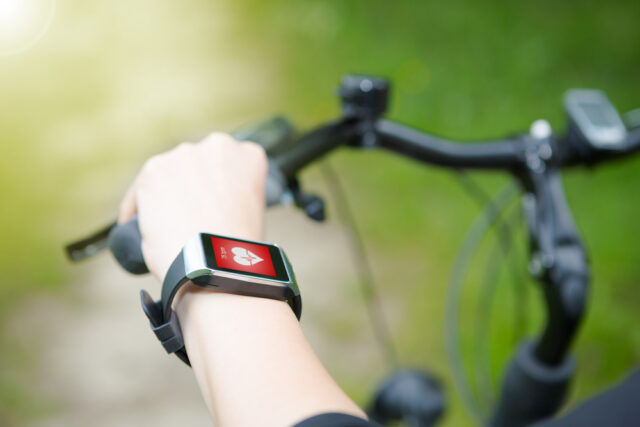In the world of fitness and health, heart rate monitoring has become a crucial metric. The advent of wearable technology like the Samsung Galaxy Watch brings heart rate monitoring to our fingertips, providing insightful data about our bodies’ responses to exercise, stress, and even sleep. But how does it work? Let’s delve into the heart of this remarkable device.

The Importance of Heart Rate Monitoring
Heart rate, the number of times your heart beats per minute, is a vital sign of your overall health and fitness. It can indicate how well your cardiovascular system is functioning and how your body responds to physical exertion. For fitness enthusiasts, tracking heart rate during workouts can provide valuable insights into the effectiveness of their exercise routines, helping them reach their fitness goals more efficiently.

Samsung Galaxy Watch’s Heart Rate Monitoring Feature
At the heart of the Samsung Galaxy Watch lies an advanced heart rate sensor. This feature uses light-based technology known as photoplethysmography to detect blood flow changes with each heartbeat, translating this into beats per minute (BPM).
The watch captures various types of heart rate data: resting heart rate, active heart rate during workouts, and maximum heart rate. Resting heart rate can be a useful indicator of general heart health, while active and maximum heart rates help determine the intensity of your workouts and how hard your heart can safely work.
Understanding Your Heart Rate Data
The Samsung Galaxy Watch segments heart rate data into different zones: resting, fat-burning, aerobic, and anaerobic. Understanding these zones can optimize your workouts. For example, exercising in the fat-burning zone, where your heart rate is at a moderate level, can promote weight loss, while working out in the anaerobic zone can enhance athletic performance.
Interpreting this data and applying it to your fitness routine can lead to more personalized and efficient workouts, ultimately accelerating your journey towards your fitness goals.
Comparing Heart Rate Data with Other Devices
The accuracy of heart rate data is paramount, and the Samsung Galaxy Watch fares well in this regard. Although not as precise as a chest strap heart rate monitor, the Galaxy Watch provides reasonably accurate readings, especially considering its convenience and multi-functionality. It’s a reliable tool for anyone seeking to integrate heart rate monitoring into their daily routine without requiring additional devices.
The Samsung Galaxy Watch’s heart rate monitoring feature does more than just count beats—it tells a story about your health, fitness, and wellbeing. By understanding this data, you can listen to what your heart is saying, optimize your workouts, and better care for your cardiovascular health. With the Samsung Galaxy Watch, your heart’s story unfolds right on your wrist.